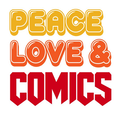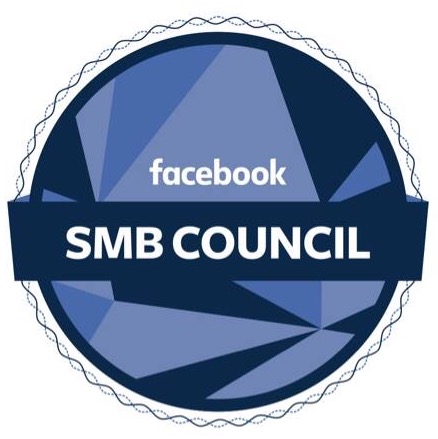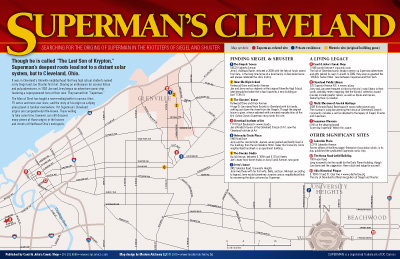Banned Books Week…
We’re going to bypass our usual weekly email and do something special this week.
It’s Banned Books week, and this year the powers that be have decided to focus on banned graphic novels.
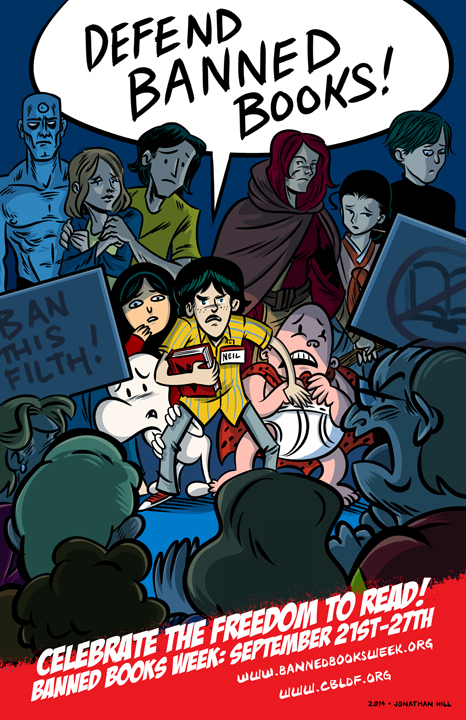
It was easy to dig up information, because the Comic Book Legal Defense Fund fights that battle year round, 24/7. So much so, in fact, that they’ve created a CBLDF Banned Books Handbook that we’ll be giving out free this week.
 Everything you need to celebrate Banned Books Week! Boasting a cover by Jeff Smith, whose series Bone is one of America’s most frequently challenged books, the CBLDF Banned Books Week Handbook is a free resource that gives you the scoop about what comics are banned, how to report & fight censorship, and how to make a celebration of Banned Books Week in your community.
Everything you need to celebrate Banned Books Week! Boasting a cover by Jeff Smith, whose series Bone is one of America’s most frequently challenged books, the CBLDF Banned Books Week Handbook is a free resource that gives you the scoop about what comics are banned, how to report & fight censorship, and how to make a celebration of Banned Books Week in your community.
We’ll also be handing out copies of Raising a Reader, another CBLDF publication.
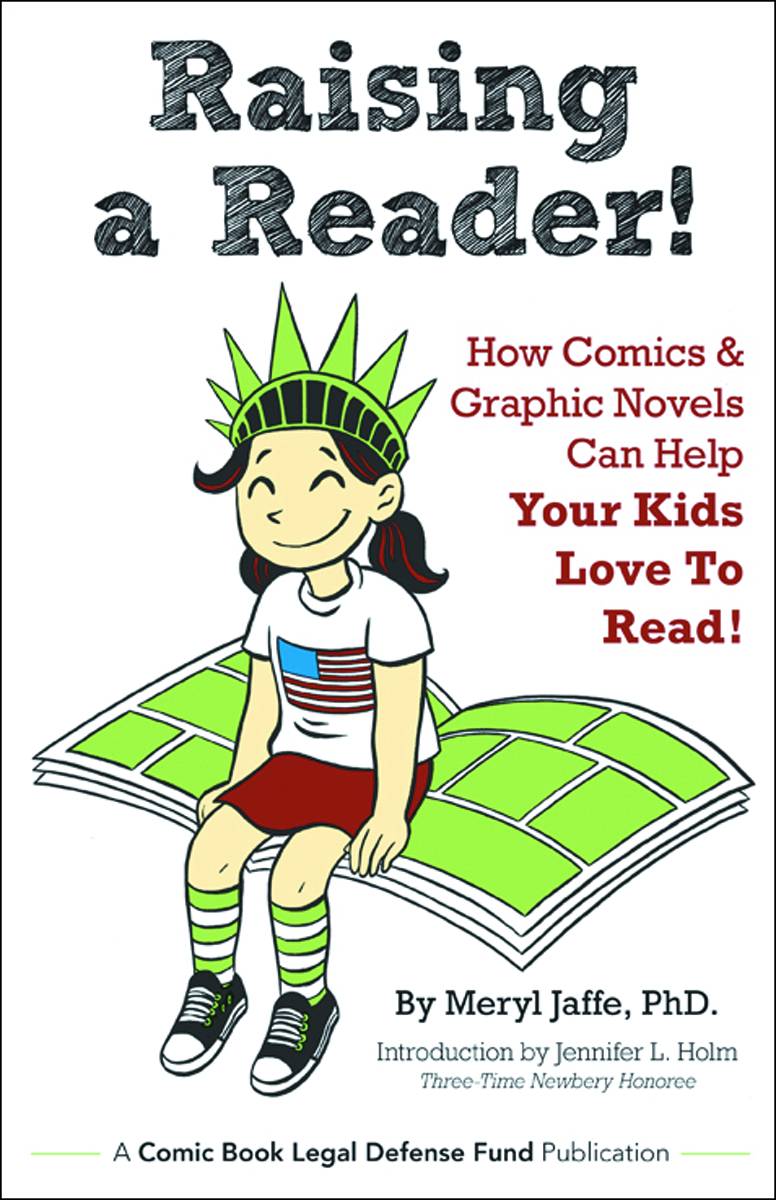 We’ll also be putting together an endcap display and stocking extra copies of books that have been banned or challenged.
We’ll also be putting together an endcap display and stocking extra copies of books that have been banned or challenged.
Challenge yourself this week, and pick up a book you normally wouldn’t. Each of the following books has a discussion guide on the CBLDF’s website to help stimulate an internal dialogue or to be used as a lesson plan. We can even print out a copy of these discussion guides to go with your purchase.
The following ‘banned books’ are suggested reads by CNJComics:
Batman The Killing Joke
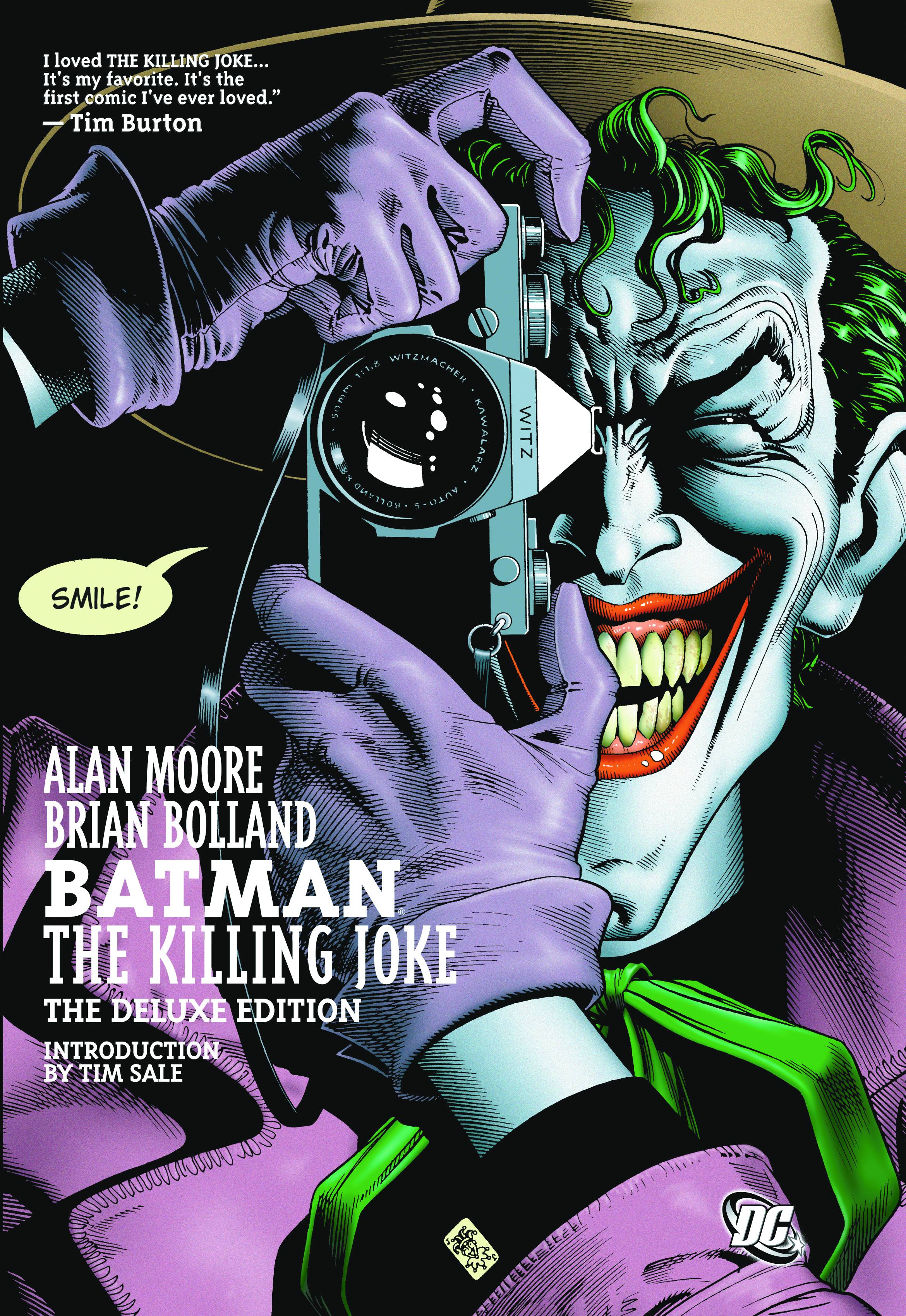 Batman: The Killing Joke is a touchstone in the Batman universe. It begins with Batman discovering that his long-time nemesis, the Joker, has escaped from Arkham Asylum. Joker, on a mission to prove that “one bad day” could lead to insanity, shoots and paralyzes Barbara “Batgirl” Gordon and kidnaps her father, Gotham City’s Police Commissioner James Gordon. The Joker then humiliates and terrorizes Commissioner Gordon, in a debilitated former amusement park, hoping to drive him mad. Batman ultimately faces off with the Joker, and flashbacks of the Joker’s past are woven throughout the story.
Batman: The Killing Joke is a touchstone in the Batman universe. It begins with Batman discovering that his long-time nemesis, the Joker, has escaped from Arkham Asylum. Joker, on a mission to prove that “one bad day” could lead to insanity, shoots and paralyzes Barbara “Batgirl” Gordon and kidnaps her father, Gotham City’s Police Commissioner James Gordon. The Joker then humiliates and terrorizes Commissioner Gordon, in a debilitated former amusement park, hoping to drive him mad. Batman ultimately faces off with the Joker, and flashbacks of the Joker’s past are woven throughout the story.
Blankets
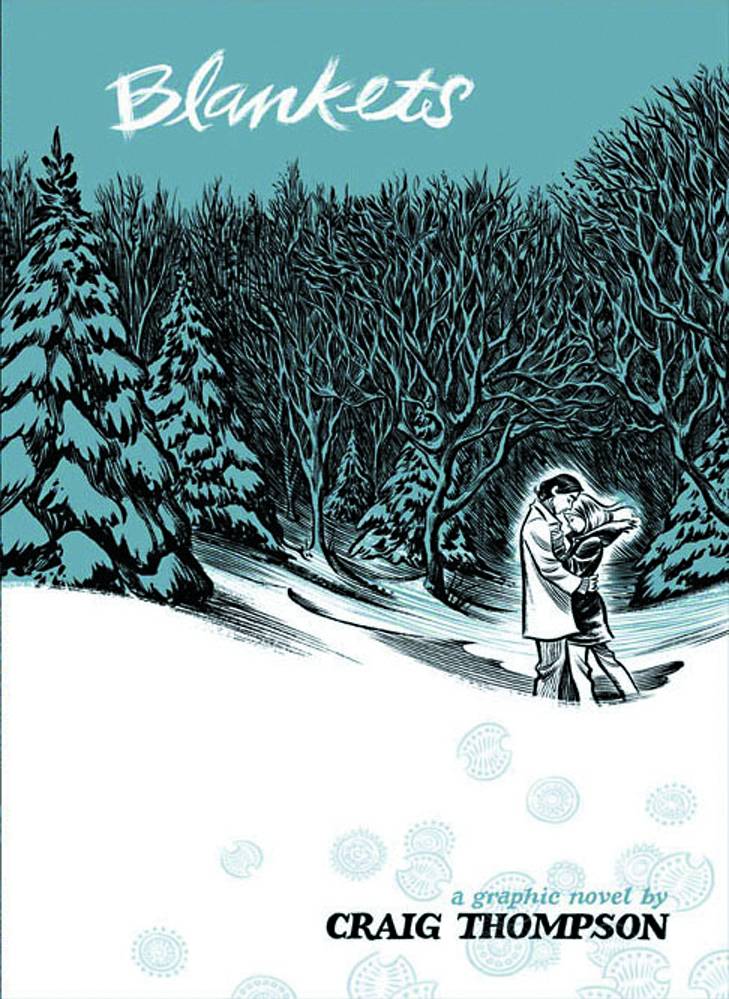 Blankets tells the story of Craig, a painfully shy Christian teenager who lives in a very small town in Wisconsin. He is awkward and has few close friendships outside of his relationship with his brother Pete. The two were close when they were growing up, but drifted apart in Craig’s teenage years. During Bible camp, Craig meets and shares an almost immediate bond with Raina, a girl from Michigan. As the two correspond after camp, their friendship deepens. Craig convinces his parents to let him stay at Raina’s house for two weeks, during which time Craig wrestles with his faith, his desire for Raina, and the knowledge that his time with her short.
Blankets tells the story of Craig, a painfully shy Christian teenager who lives in a very small town in Wisconsin. He is awkward and has few close friendships outside of his relationship with his brother Pete. The two were close when they were growing up, but drifted apart in Craig’s teenage years. During Bible camp, Craig meets and shares an almost immediate bond with Raina, a girl from Michigan. As the two correspond after camp, their friendship deepens. Craig convinces his parents to let him stay at Raina’s house for two weeks, during which time Craig wrestles with his faith, his desire for Raina, and the knowledge that his time with her short.
By working with Top Shelf Publications, CNJ Comics will be offering this selection at 50% off this week. It gets my highest recommendation.
Dragon Ball
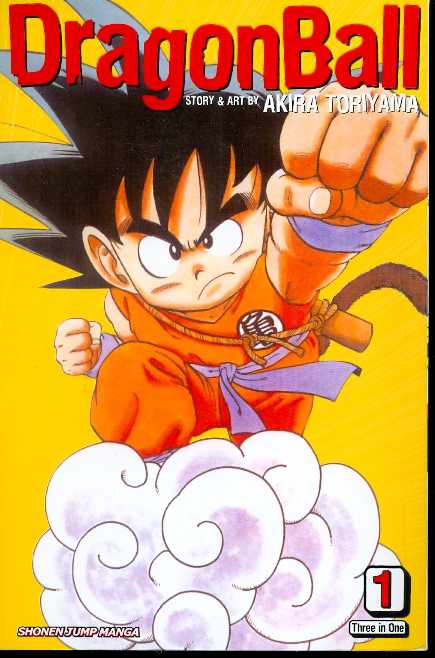 Dragon Ball follows the adventures of Son Goku and his friends as they embark on a quest for seven mystical orbs called Dragon Balls, each of which summons a wish-granting dragon when gathered. Loosely based on traditional Chinese storytelling and myth, this story is strictly played for laughs.
Dragon Ball follows the adventures of Son Goku and his friends as they embark on a quest for seven mystical orbs called Dragon Balls, each of which summons a wish-granting dragon when gathered. Loosely based on traditional Chinese storytelling and myth, this story is strictly played for laughs.
Fun Home
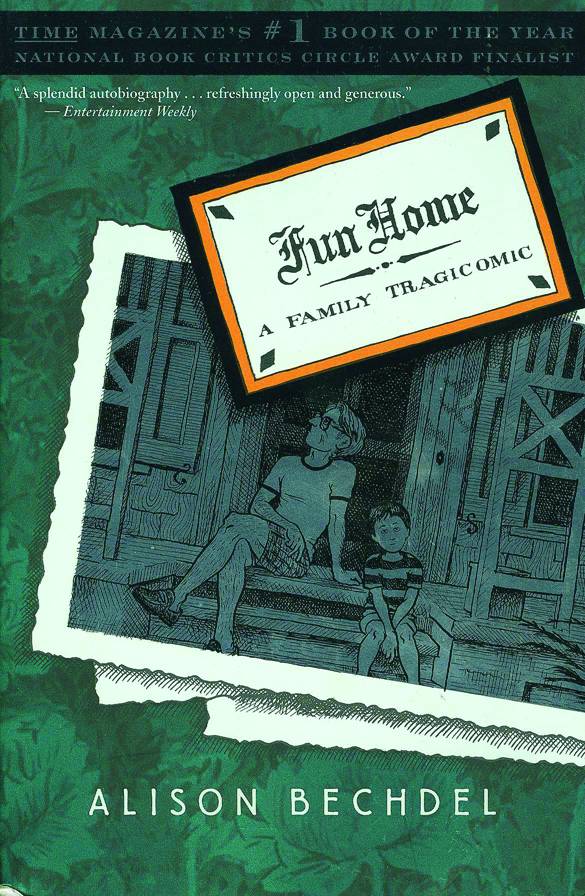 Fun Home is Alison Bechdel’s memoir about growing up in a small town, where her father was a high school English teacher and also ran the family business: a funeral home. Bechdel’s father projected a carefully cultivated image as a dedicated family man, but as Bechdel comes of age and accepts her own sexuality, she discovers her father is a closeted gay man. Soon thereafter, her father dies by what many believe to be suicide, leaving Bechdel and her family to cope with their family secrets and the reality of her father’s life and choices.
Fun Home is Alison Bechdel’s memoir about growing up in a small town, where her father was a high school English teacher and also ran the family business: a funeral home. Bechdel’s father projected a carefully cultivated image as a dedicated family man, but as Bechdel comes of age and accepts her own sexuality, she discovers her father is a closeted gay man. Soon thereafter, her father dies by what many believe to be suicide, leaving Bechdel and her family to cope with their family secrets and the reality of her father’s life and choices.
Ice Haven
 In the fictional town of Ice Haven, a young boy goes missing, a poet seethes with envy, a self-conscious teen pines for love, a pair of married detectives drift further apart, and a giant blue rabbit returns to town after his recent release from prison. Through an artful weaving of vignettes, Clowes captures the apathy and angst of a small town.
In the fictional town of Ice Haven, a young boy goes missing, a poet seethes with envy, a self-conscious teen pines for love, a pair of married detectives drift further apart, and a giant blue rabbit returns to town after his recent release from prison. Through an artful weaving of vignettes, Clowes captures the apathy and angst of a small town.
Maus
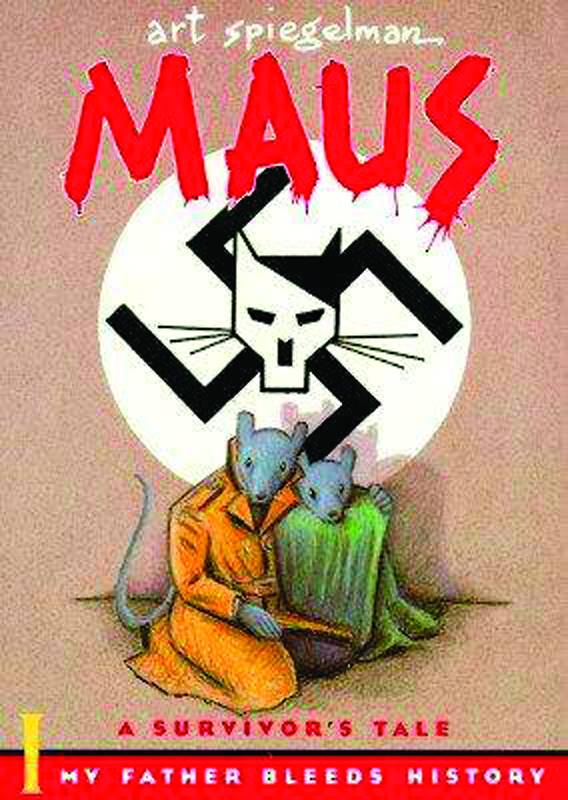 Maus, Art Spiegelman’s two-part graphic memoir, which won the Pulitzer Prize in 1992, details his family’s survival of World War II as Polish Jews, including time in death camps, while also exploring Spiegelman’s troubled relationship with his father and coping with the suicide of his mother. Spiegelman’s technique of depicting different ethnicities as animals — for example Jews are mice and Germans are cats — is a profound and deeply effective metaphor for racism.
Maus, Art Spiegelman’s two-part graphic memoir, which won the Pulitzer Prize in 1992, details his family’s survival of World War II as Polish Jews, including time in death camps, while also exploring Spiegelman’s troubled relationship with his father and coping with the suicide of his mother. Spiegelman’s technique of depicting different ethnicities as animals — for example Jews are mice and Germans are cats — is a profound and deeply effective metaphor for racism.
Persepolis
 In Persepolis, author Marjane Satrapi tells of her experience growing up during the Iranian Revolution, the subsequent war between Iran and Iraq, and the rise of the Islamic Republic. Against these tumultuous events, readers get a glimpse of Satrapi’s teenage angst and her struggles to express herself under the burgeoning social repression of the new regime.
In Persepolis, author Marjane Satrapi tells of her experience growing up during the Iranian Revolution, the subsequent war between Iran and Iraq, and the rise of the Islamic Republic. Against these tumultuous events, readers get a glimpse of Satrapi’s teenage angst and her struggles to express herself under the burgeoning social repression of the new regime.
Pride of Baghdad
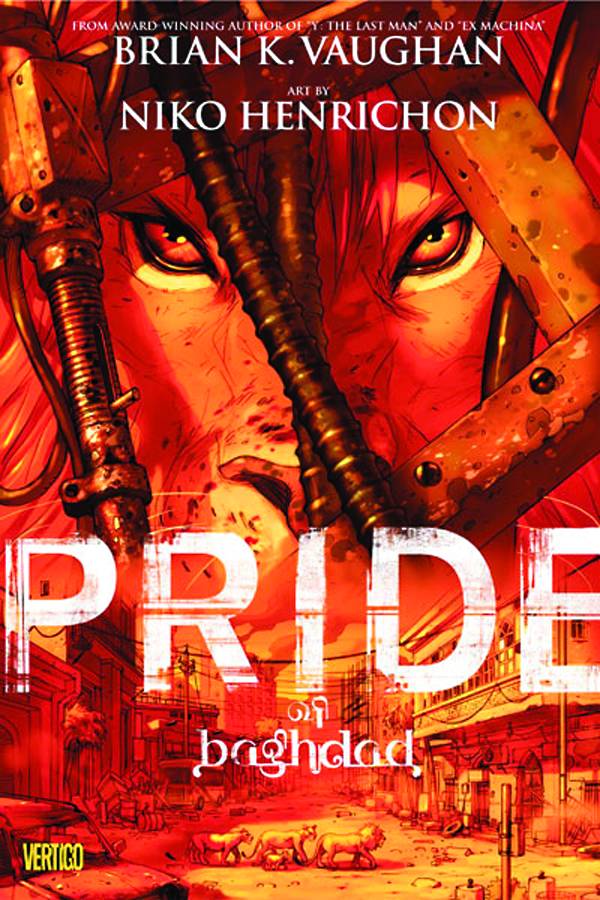 During an American bombing of Baghdad in 2003, several lions escaped from the Baghdad Zoo. Pride of Baghdad is the fictionalized account of the pride roaming through the city before finally being shot by American soldiers. While yearning for freedom within their enclosure, the lions find that the outside world is far from simple as they seek food and safety while bickering amongst themselves. This story can easily be read as an allegory about the effects of war upon noncombatants.
During an American bombing of Baghdad in 2003, several lions escaped from the Baghdad Zoo. Pride of Baghdad is the fictionalized account of the pride roaming through the city before finally being shot by American soldiers. While yearning for freedom within their enclosure, the lions find that the outside world is far from simple as they seek food and safety while bickering amongst themselves. This story can easily be read as an allegory about the effects of war upon noncombatants.
The Pride of Baghdad is by Saga’s Brian K Vaughan, and is one of my favorite graphic novels of all time.
Side Scrollers
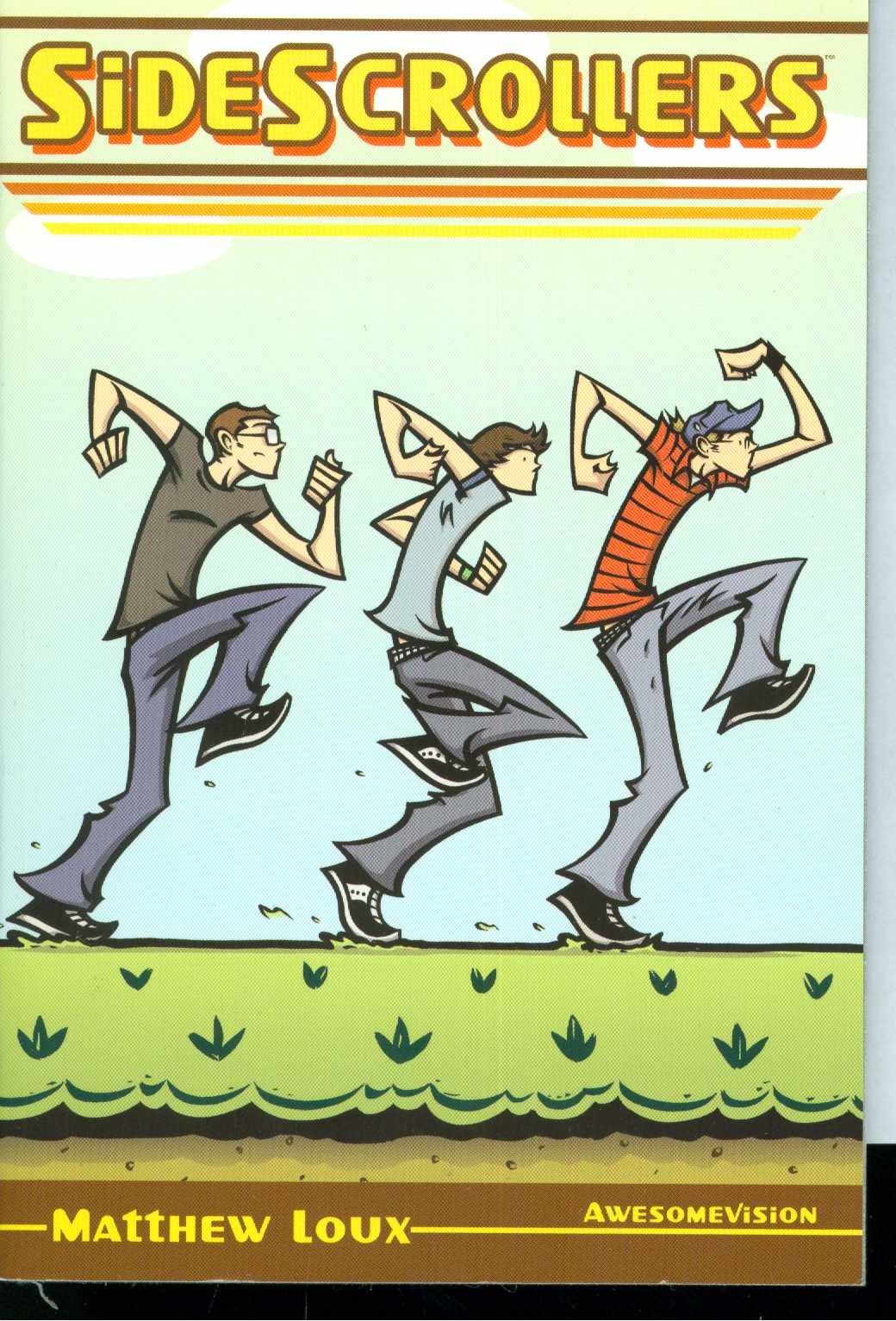 SideScrollers recounts the adventures of three teenaged slacker geeks who are roused to action when a female friend becomes romantically involved with loutish quarterback Dick. Along the way, the trio engages in mildly vulgar but realistic teenage banter and vandalizes Dick’s car with anatomically correct graffiti.
SideScrollers recounts the adventures of three teenaged slacker geeks who are roused to action when a female friend becomes romantically involved with loutish quarterback Dick. Along the way, the trio engages in mildly vulgar but realistic teenage banter and vandalizes Dick’s car with anatomically correct graffiti.
And of course…
Watchmen
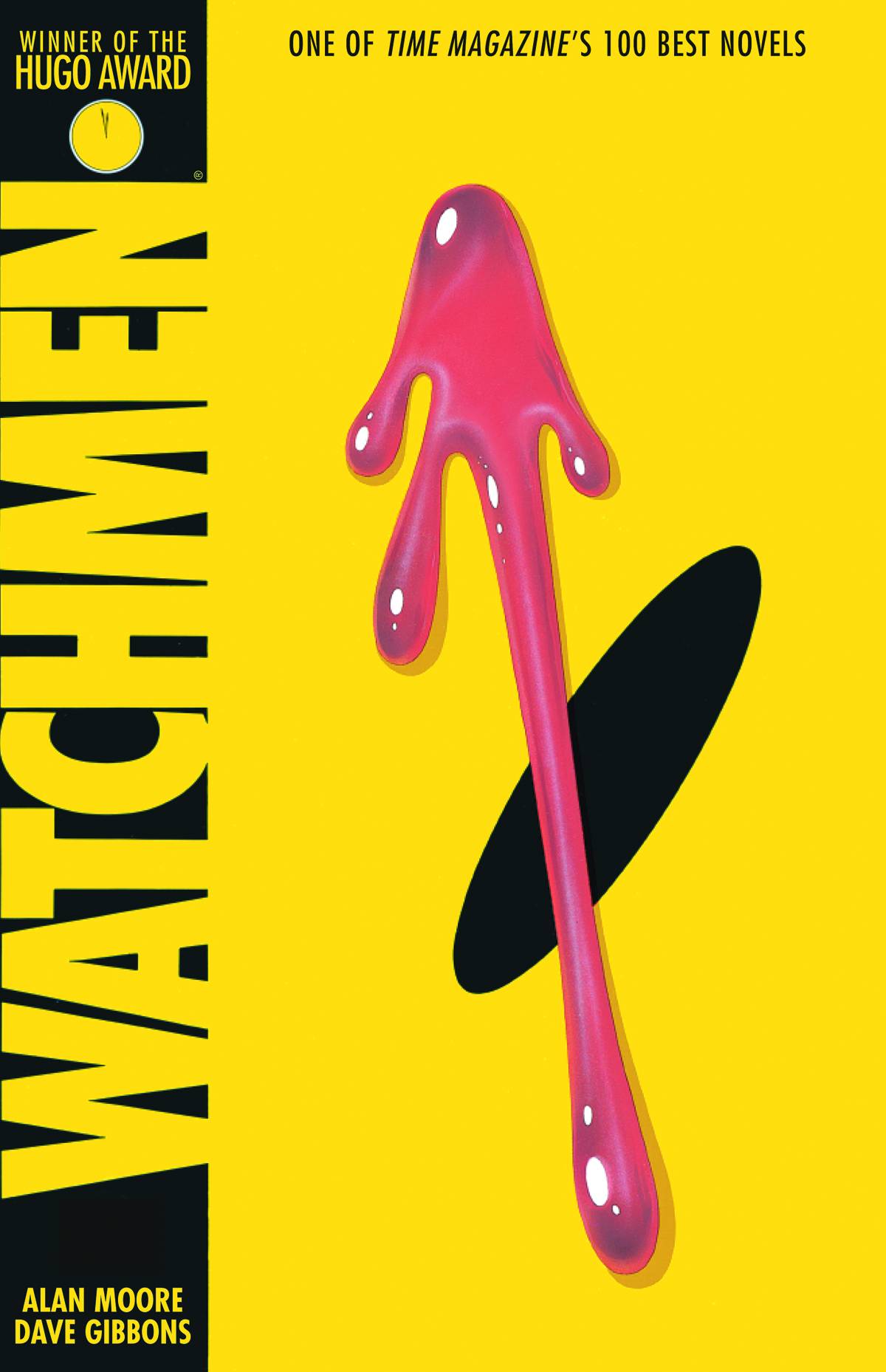 Alan Moore and Dave Gibbons’ Watchmen is an alternate history in which a group of retired crime-fighters investigates the murder of one of their own during an era in which costumed vigilantes have been outlawed. The graphic novel incorporates Cold War-era anxieties and non-linear storytelling to function as commentary on both the superhero genre and American society. It received a Hugo Award in 1988 and was instrumental in garnering more respect and shelf space for comics and graphic novels in libraries and mainstream bookstores.
Alan Moore and Dave Gibbons’ Watchmen is an alternate history in which a group of retired crime-fighters investigates the murder of one of their own during an era in which costumed vigilantes have been outlawed. The graphic novel incorporates Cold War-era anxieties and non-linear storytelling to function as commentary on both the superhero genre and American society. It received a Hugo Award in 1988 and was instrumental in garnering more respect and shelf space for comics and graphic novels in libraries and mainstream bookstores.
To be blunt, banning books is stupid. I decide what I read. I decide what my kid reads. When a friend is offended or put off by a book, I appreciate when he throws it my way and says, “check this garbage out”. I learn more about him and what’s important to him. We become better friends. Our friendship does not grow by him telling me I’m not aloud to read that book.
Fiction can help us challenge who we are and how we feel about things. A book we don’t agree with says just as much about us as one we do.
To put it in perspective, just one book taken off a library shelf can prevent 100 people from discovering more about themselves, and I really believe that too.The above mentioned CBLDF resources can help you to decide if the above graphic novels are age appropriate for your kid, but ultimately you make that choice, and we respect the choice that you make.
If you stop in the shop and we’re out of any of these books, we are more than happy to special order them for you. Just ask. At the very least jump on the CBLDF’s website and check out why some of these books were banned.
That alone is enough to cover your due diligence.Thanks for listening, and we hope you find a story that challenges you this week.

